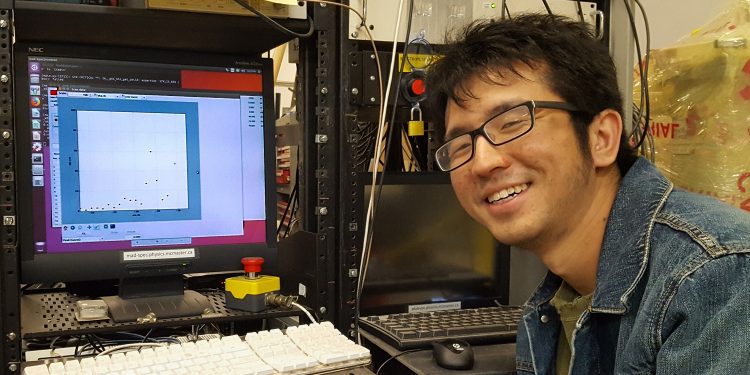The Centre for Molecular and Materials Science (CMMS) at TRIUMF is organizing a virtual 2-day workshop for Thursday, June 3rd and Friday, June 4th. The motivation for this workshop is that TRIUMF is engaged in developing a 20-year vision for the laboratory and our stakeholders. There have been several areas where the community would benefit from contributions from TRIUMF, both scientifically and on technical elements. This in turn would provide the community enhanced options for studies outside of the existing program in μSR and βNMR, building new capabilities and synergies. All these ideas need to be put in context of national and international developments and competitiveness.
This workshop is designed to enable researchers, professors and scientists at Canadian institutions and facilities to present and discuss developments, and learn from ideas at other facilities and in other research areas. It will provide opportunities for coordination and identification of new concepts. The workshop will have sessions on the following topics:
Thursday, June 3rd (all times in PDT)
08:00 – 10:00 Session 1: Novel capabilities with μSR
10:30 – 12:30 Session 2: Neutron scattering (with an accelerator-based source)
13:00 – 15:00 Session 3: Polarized radioactive isotopes
15:30 – 17:30 Session 4: Muonic X-ray analysis and μ-SR
Friday, June 4th (all times in PDT)
08:00 – 10:00 Session 5: Positron annihilation spectroscopy
10:30 – 12:30 Session 6: THz spectroscopy in Canada
13:00 – 15:00 Session 7: Synchrotron light sources
15:30 – 17:30 Session 8: μSR idea and concepts
Each session will have three 30-minute talks followed by 30 minutes for discussion. Between each session there will be a 30-minute break, where additional discussions can occur. A link to the Indico site can be found here: https://meetings.triumf.ca/indico/event/231/. We are currently confirming the last of the invited speakers and contribution titles.
While there is no registration fee, registration is required for attendance to this conference. Please register by 11:59pm PST on Sunday, May 30th via the Indico site above. All registrants will be contacted via email on Monday, May 31st with the Zoom connection information.
Any questions can be directed to the Physical Sciences Division office at sciencediv@triumf.ca














